Dealing with pain is not only uncomfortable, it can also be awkward, depending on where your pain is.
If you've ever had pain when you're using the restroom, you know that it can be embarrassing. Some people feel so mortified about their pain that they don't even tell their doctors — or they just hope and assume it'll go away.
Eventually, if the pain doesn't go away, people realize they need to get medical help. That's definitely what happened in the case of this California man.
After three days of painful urination, the 64-year-old decided it was finally time to go to the emergency room.
When he got to the hospital, doctors realized that the man had two bladder stones.
Usually, bladder stones are small. Sometimes, they even pass naturally — but the stones in this man's bladder were quite a bit more severe.
[H/T: Men's Health]
Thumbnail Photo: Wikimedia / U.S. Navy photo by Tom Watanabe

According to The New England Journal of Medicine, "A 64-year-old man presented to the emergency department with a three-day history of pain in the left flank and urinary retention."
In layman's terms, that means he was having pelvic pain and struggling to empty his bladder.
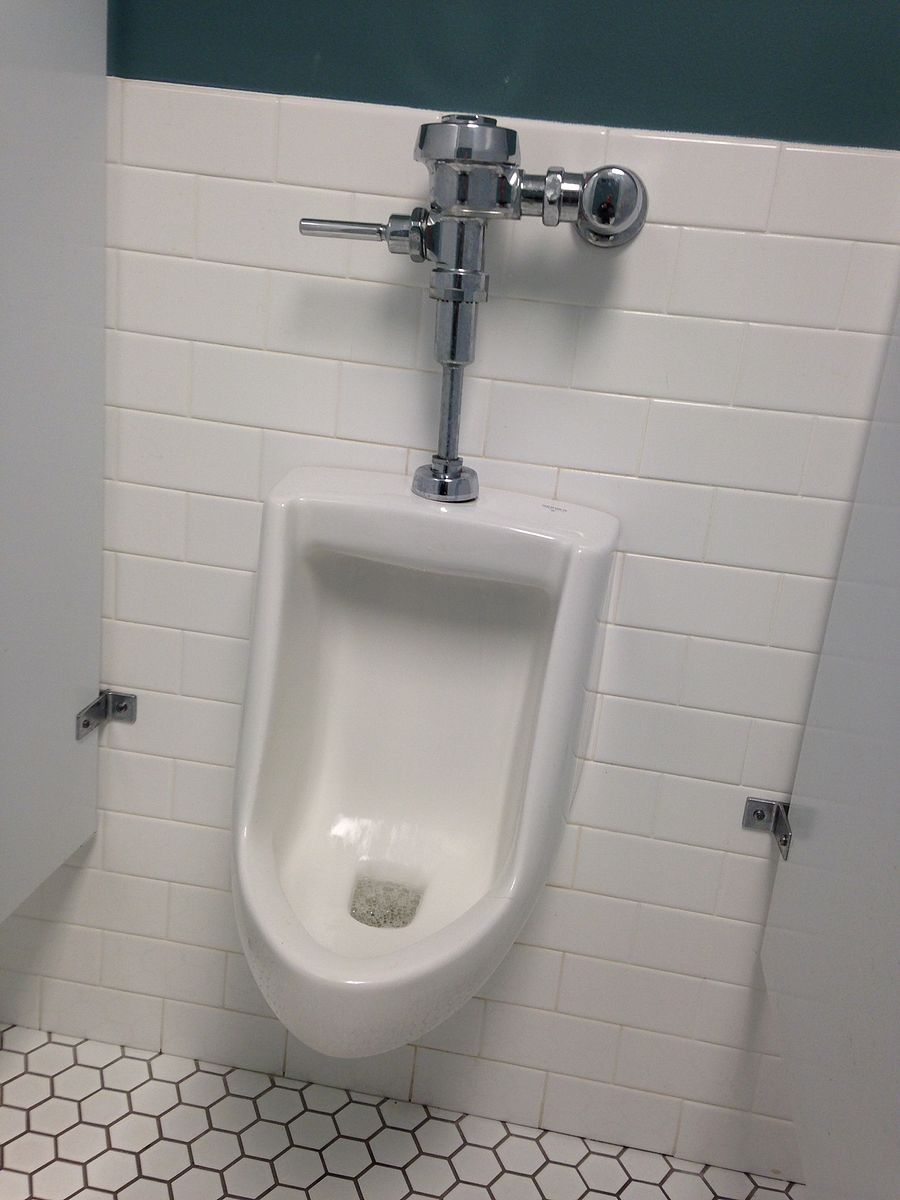
After three days of dealing with the pain and discomfort, he decided to go to the emergency room to get checked out.
He definitely didn't think he had a potato-sized stone in his bladder.
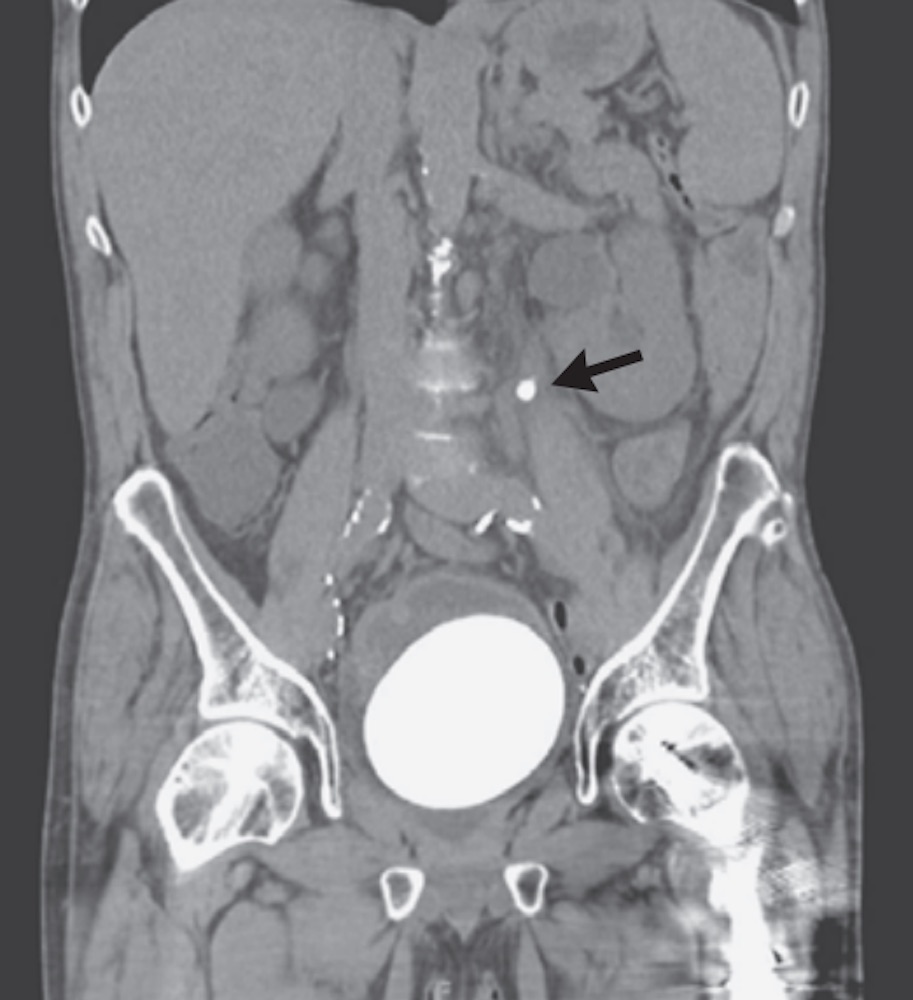
When doctors ran X-rays on the man, they found two stones in his bladder — one small stone and one enormous stone.
Doctors weren't too concerned about the smaller one, so they removed it using a laser.
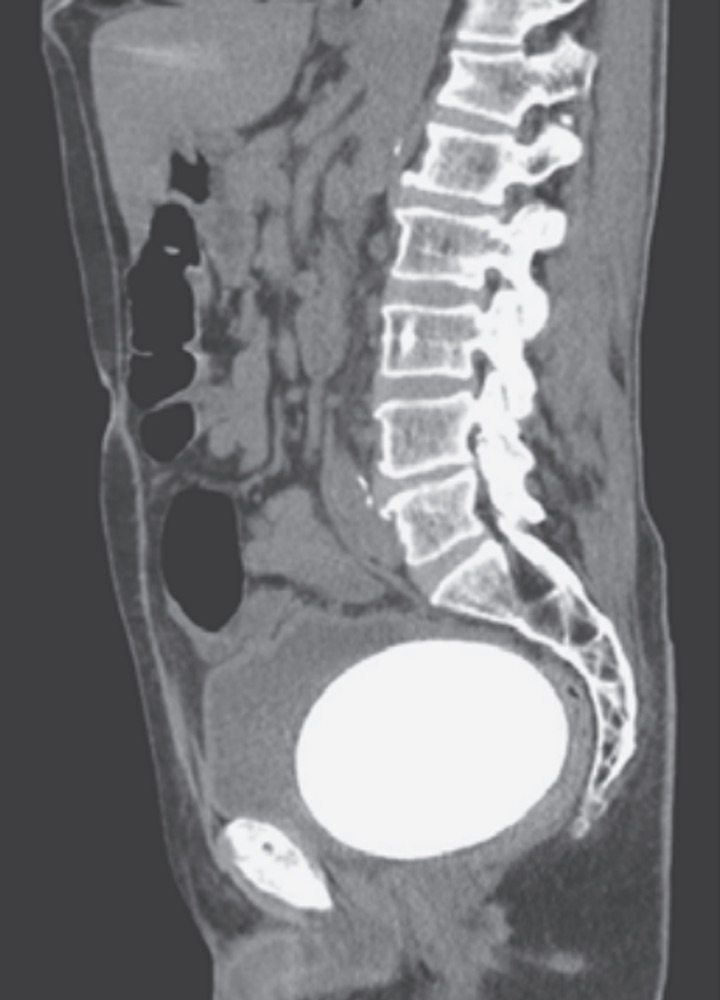
To remove the larger stone, surgeons had to open the man up on the operating table.
When they took out the giant yellow stone, they snapped a picture of it.
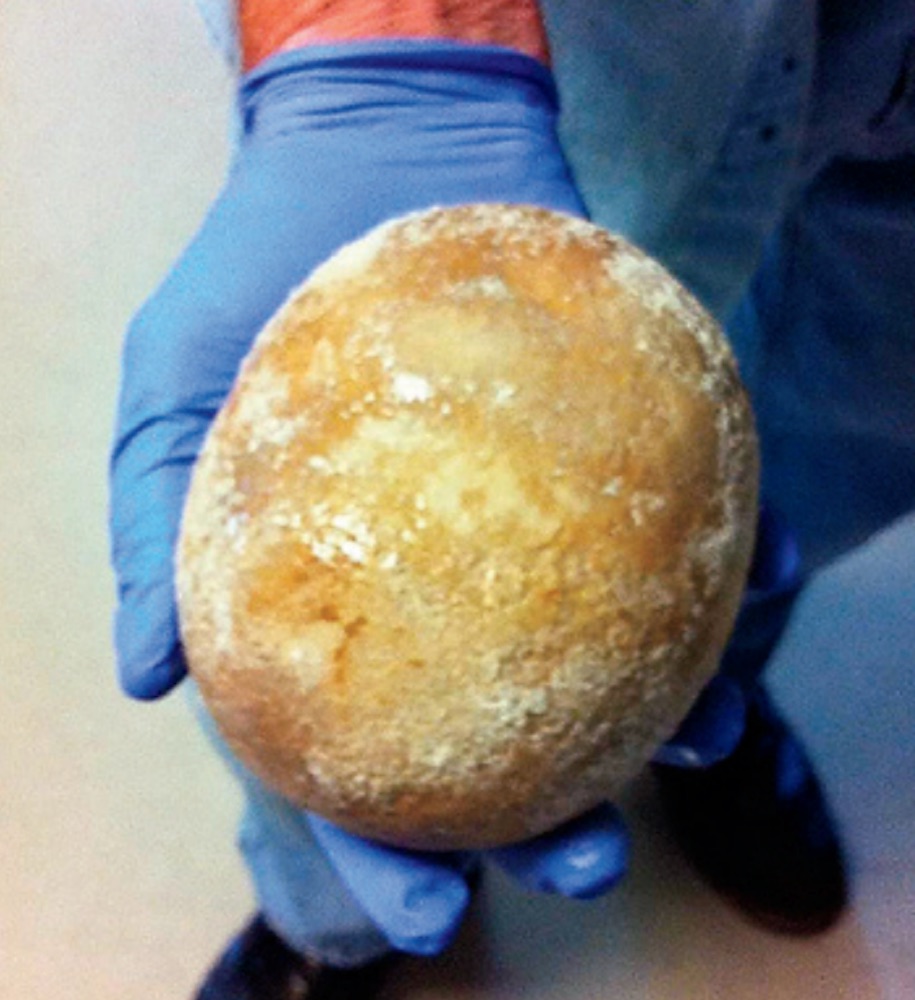
The huge bladder stone weighed 1.7 pounds and measured 4.7 x 3.7 x 3.0 inches.
So what exactly was this stone made of? It was 80% calcium phosphate and 20% struvite.
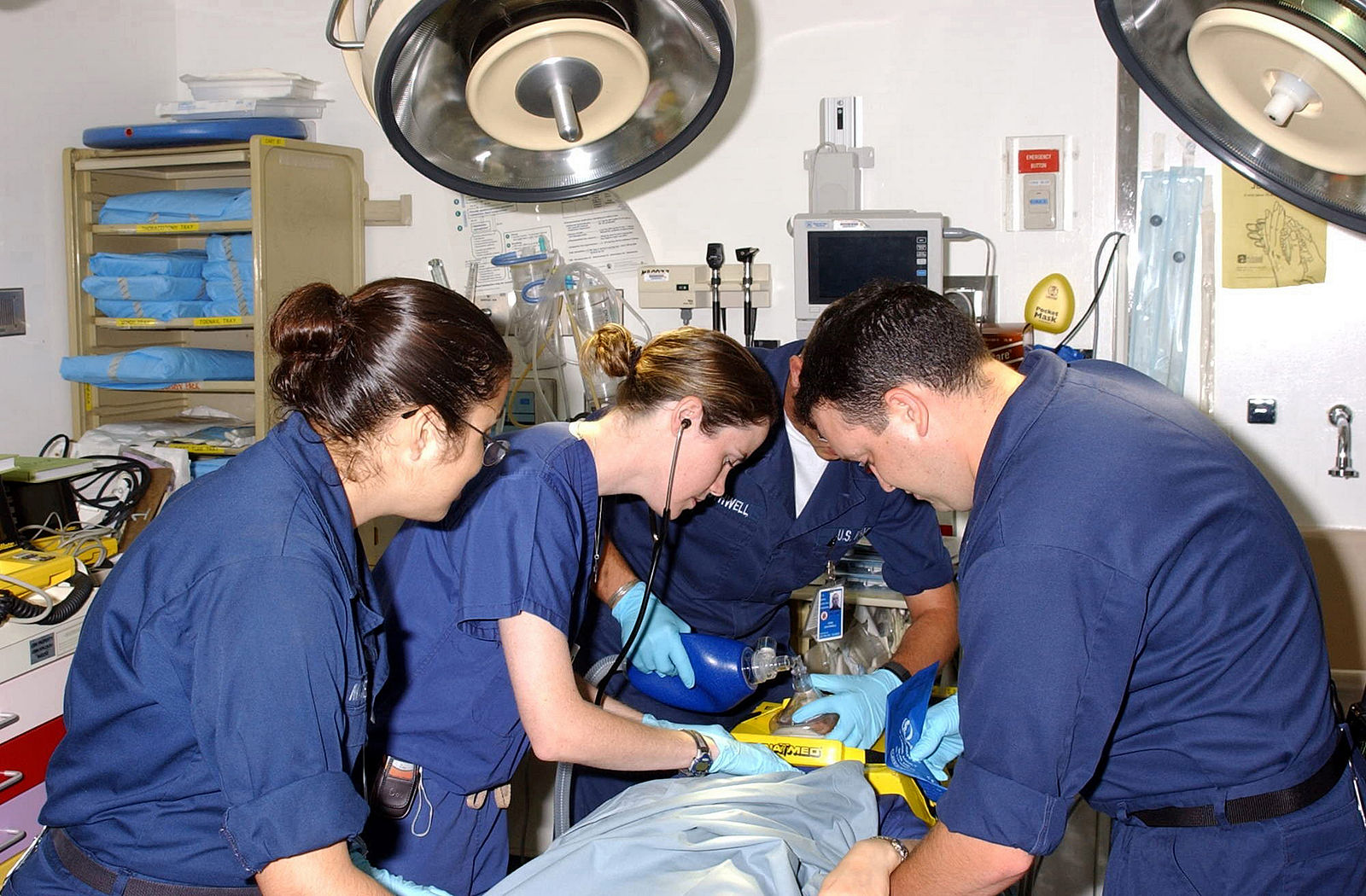
According to the Mayo Clinic:
Bladder stones are hard masses of minerals in your bladder.
Bladder stones develop when the minerals in concentrated urine crystallize. This often happens when you can't completely empty your bladder.
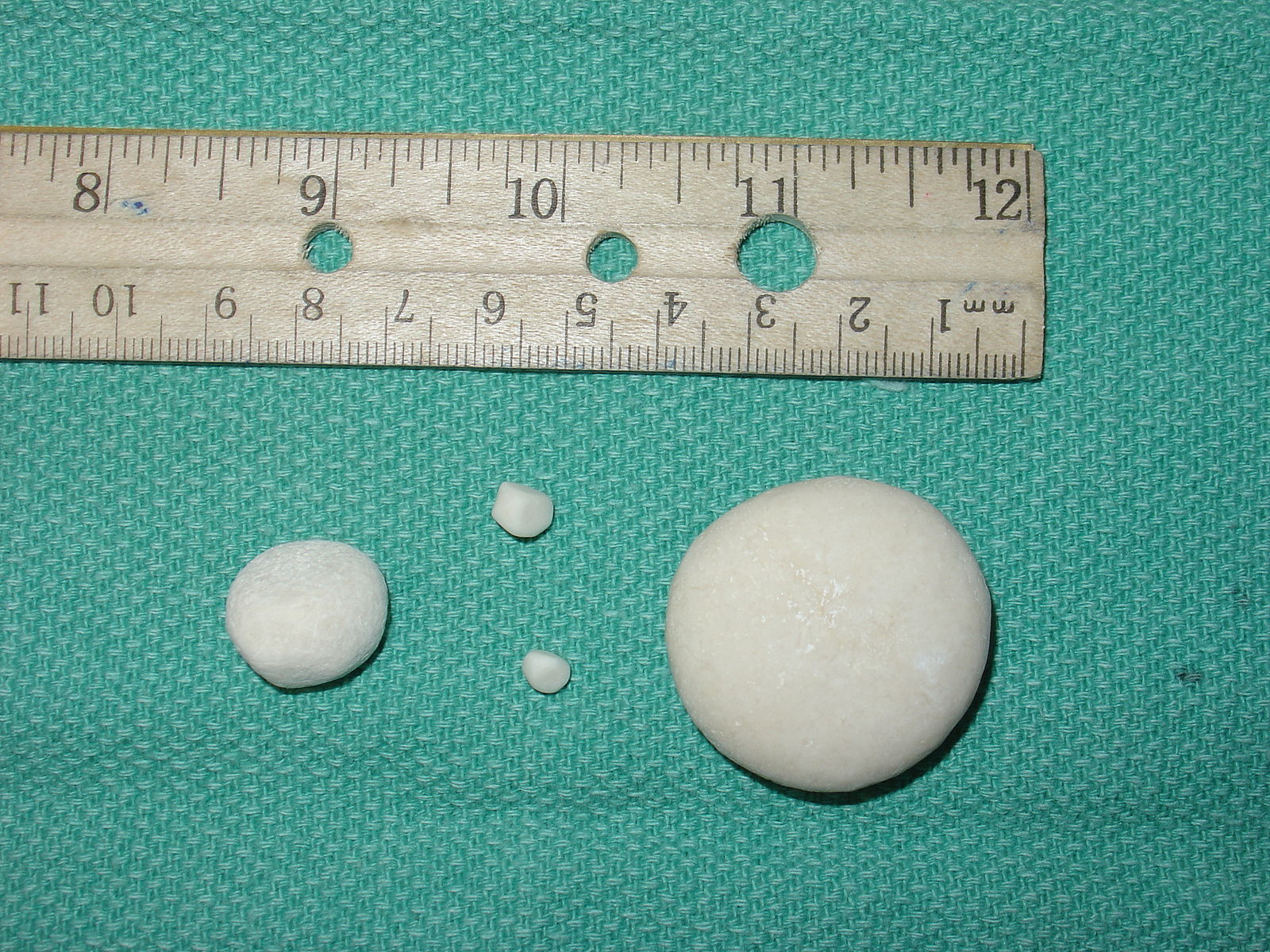
Bladder stones can cause a variety of symptoms — from abdominal pain to a burning sensation during urination.
If you think you might be suffering from bladder stones, contact your primary care physician or seek emergency medical care.

If you think everyone should know more about bladder stones, please SHARE this article with your friends!




